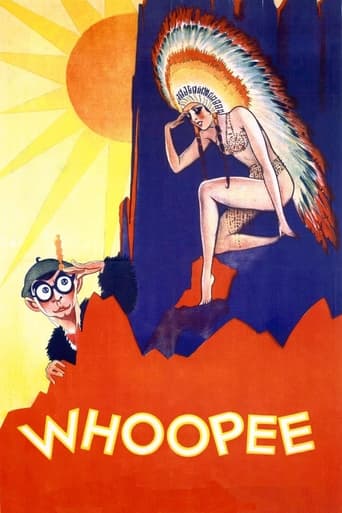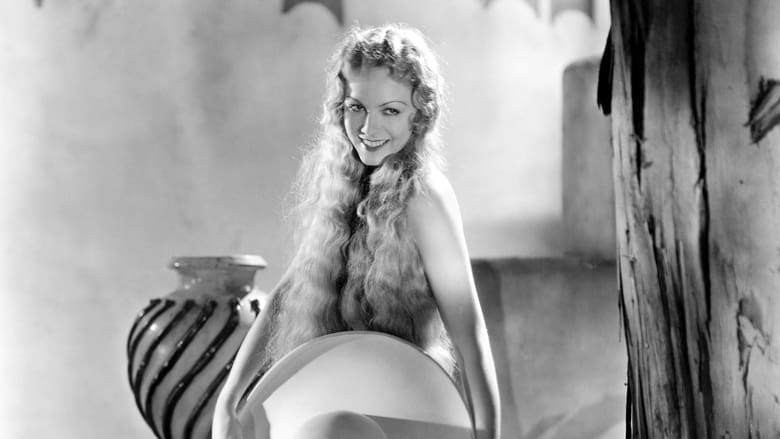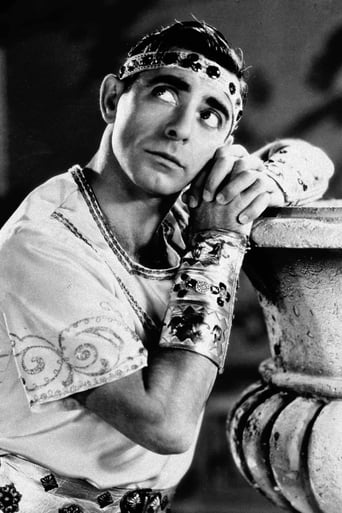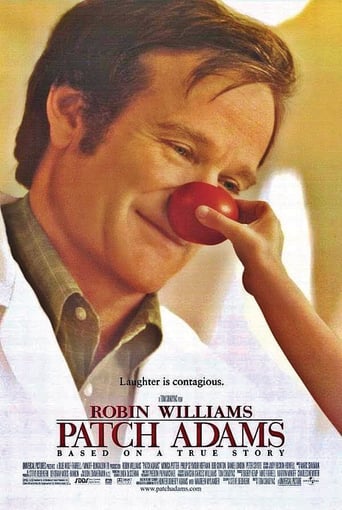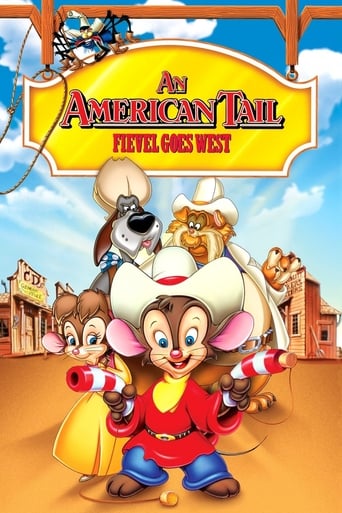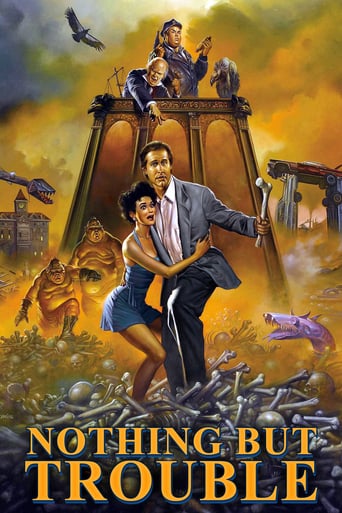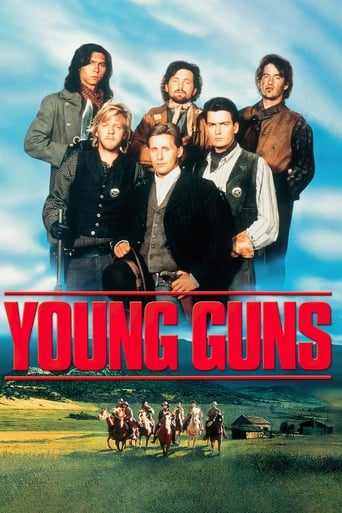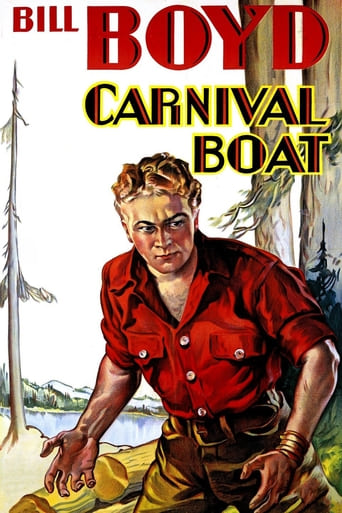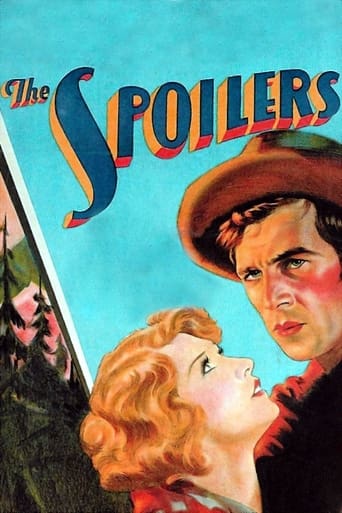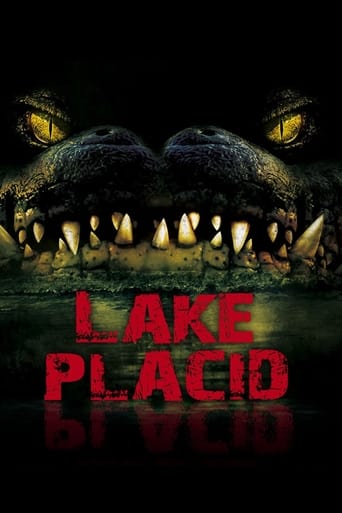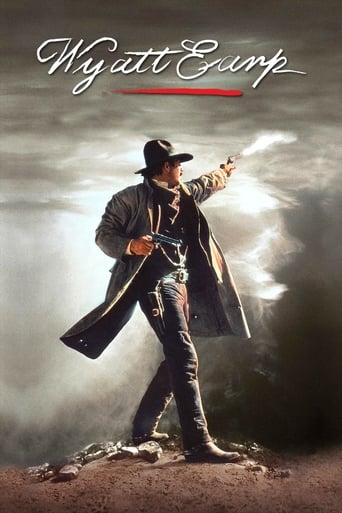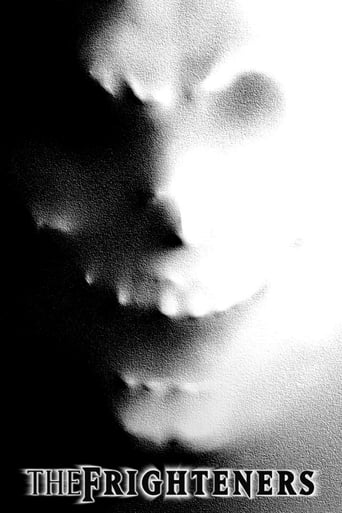Whoopee! (1930)
Western sheriff Bob Wells is preparing to marry Sally Morgan; she loves part-Indian Wanenis, whose race is an obstacle. Sally flees the wedding with hypochondriac Henry Williams, who thinks he's just giving her a ride; but she left a note saying they've eloped! Chasing them are jilted Bob, Henry's nurse Mary (who's been trying to seduce him) and others.
Watch Trailer
Cast


Similar titles
Reviews
This film is a hoot. Based on Ziegfeld's 1928 Broadway show, Whoopee, filmed entirely in two-strip Technicolor is hysterically funny in spots, politically incorrect in others. The film is an excellent showcase for the bygone charms of Eddie Cantor, who spouts off one funny line after another. The musical numbers are the very first choreographed by the great Busby Berkeley. And the fantastic costumes worn by the first Goldwyn Girls show the influence of Ziegfeld, who was listed as co-producer along with Samuel Goldwyn. The films of Eddie Cantor are hard to come by on DVD, so I consider myself lucky to have obtained a lovely copy of this rare film.
This joyous musical has it all - catchy, tuneful music (many of the songs are now standards), beautiful chorus girls (some who would become famous on their own -Betty Grable, Claire Dodd) and the vividness of the two strip technicolor - so that you can marvel at the gorgeous costumes."Whoopee" was one of Ziegfeld's most popular shows, so when it was to be filmed Ziegfeld wanted the original cast - most definitely Eddie Cantor. He in turn held out for the original Broadway dance choreographer - Busby Berkeley. Cantor said he wouldn't do the film unless Berkeley came too. The only person to miss out was Ruth Etting. I don't know where she would have fitted into the movie but her song was the show stopper "Love Me or Leave Me".The film starts out with the rousing "Cowboy" number led by an extraordinarily young and tiny Betty Grable. She had loads of personality to spare and gives the song everything she's got. The dancers are filmed at (for 1930) dizzying angles and the kalediscopic formations are wonderful.Eddie Cantor plays Henry Williams, a hypochondriac ("you can get 20 years for kidnapping" "ha,ha the jokes on them - I've only got 6 months to live!!!") who, for the past year has been staying at a ranch out West. His nurse (Ethel Shutta) has her heart set on Henry - but he prefers cows!!!PC is non existent in this film (may be like drednm that's why I like the movie as well). The romance of the story concerns Eleanor Hunt as Sally Morgan and Paul Gregory as Wanenis - childhood sweethearts who can't marry because of Wanenis' Indian blood. She is due to marry Sheriff Bob Wales (John Rutherford) that day but gets Henry to drive her away on a rendezvous to meet Wanenis. The misleading note she leaves behind causes people to think she has eloped with Henry. Just before that happens Eddie Cantor sings "Makin' Whoopee" to a line up of beautiful chorus girls in lovely, floaty dresses. After running out of petrol and Cantor singing the plaintive "She's a Girlfriend of a Boyfriend of Mine" they encounter another car. After an altercation (Henry robs them of petrol at gunpoint), Henry and Sally take refuge at a nearby ranch, not knowing that the owner, Jerome Underwood, is the same man they met on the road.There are a couple of hilarious sequences. Henry and Underwood (who is a bigger "nervous wreck" than Henry) compare operations and end up rolling around the floor together. Chester Underwood (Albert Hackett) tries out some new fangled psychology "lie detector test" complete with plates - Henry comes out tops by making the others drop their plates.The incredibly catchy "My Baby Just Cares For Me" is sung with such spirit by Cantor (in blackface but I don't care.) He has to prove that he is a singing cook.There is also a glorious "tableau" number "The Song of the Setting Sun" where the Goldwyn Girls walk around in these extraordinary Indian head-dresses and costumes. The colour makes it breathtaking to watch."I'll Still Belong to You" is the romantic ballad that Wanensis sings in what looks like a location shoot in the Arizona desert."Stetson" is a rousing song with Ethel Shutta dancing a very, very, hot shimmy with cowboys using their stetsons to fan the flames. The Goldwyn Girls then take centre stage - in beautiful satin jumpsuits with embroided red roses. The fact that you can see their beautiful faces and the colour makes them glow.The ending bows to convention by having Black Eagle (Chief Caupolican) admit that Wanensis was a foundling - therefore not being an Indian he is free to marry Sally.The film finishes with a rousing rendition of "My Baby Just Cares For Me". I Love this movie so much - I give it 10 out of 10.
An eccentric hypochondriac staying at an Arizona dude ranch finds the time - when not popping pills - to make a little WHOOPEE!The emergence of two diverse talents make watching this film special. Banjo-eyed Eddie Cantor, already the darling of the Ziegfeld Follies, became a fully fledged movie star in this tale of utter lunacy, his own special brand of innocent insanity completely at home in these surroundings. Never still for long, legs & hands constantly flittering about, he punctuates every double entendre with eyes rolled up as if in mild shock at his own dialogue. His handful of songs, including his signature tune Making Whoopee,' only further showcase his abundant talent.This was also the first significant assignment for choreographer Busby Berkeley. He displays his genius in embryo with his precision movements (greatly influenced by his exposure to military drills) and initial examples of his trademark overhead shots. The film's production entirely in early Technicolor gave Berkeley a rich palette with which to work and he acquits himself well, even if his Indian maiden costumes near the end of the picture exhibit rather dubious taste.Cantor dominates the cast, but Ethel Shutta has a few good moments as Eddie's stern nurse and elderly Spencer Charters, playing the ranch's owner, has a hilariously bizarre sequence in which he & Cantor examine each other's surgical scars. Movie mavens will recognize a young, uncredited Betty Grable as the chorus girl with the lasso in the first song.A glance down the credits shows a couple of names of note: Nacio Herb Brown was among the foremost movie songwriters of the era; Greg Toland would later be hailed as one of Hollywood's finest cinematographers.The film makes a point of dealing with bias against Native Americans. Cantor's blackface comedy sequence will then perhaps be a bit of a surprise to some, but it should be remembered that this sort of racial insensitivity was not unusual in the movie industry of 1930.
"Whooppee!" was made at a perfect time, 1930. It has experimentation with the new two-strip Technicolor process (which gives an unreal, pleasing pastel quality). The Hays Office (the censorship arm of movies from 1934 to 1956) hadn't come in, allowing for some funny off-color jokes, and some wild costuming of shapely dancing girls. The star, Eddie Cantor was in his prime. Eddie plays a hypochondriac on a cross country auto trip. He winds up at an Indian reservation, wrongfully hunted by the Sheriff. The film moves from being a comic gift from long ago, to a scary reminder of poor race relations only 70 years ago. Eddie hides in coal stove that explodes, and he emerges in black face, allowing him to walk past his pursuers in disquise. He approaches the leading lady of the film. She sees him and yells "How dare YOU speak to ME?!" Looking past the social-incorrectness of the film, the dance numbers have some amazing choreography by Busby Berkeley, who was just beginning to discover new and exciting ways to film dancers.

